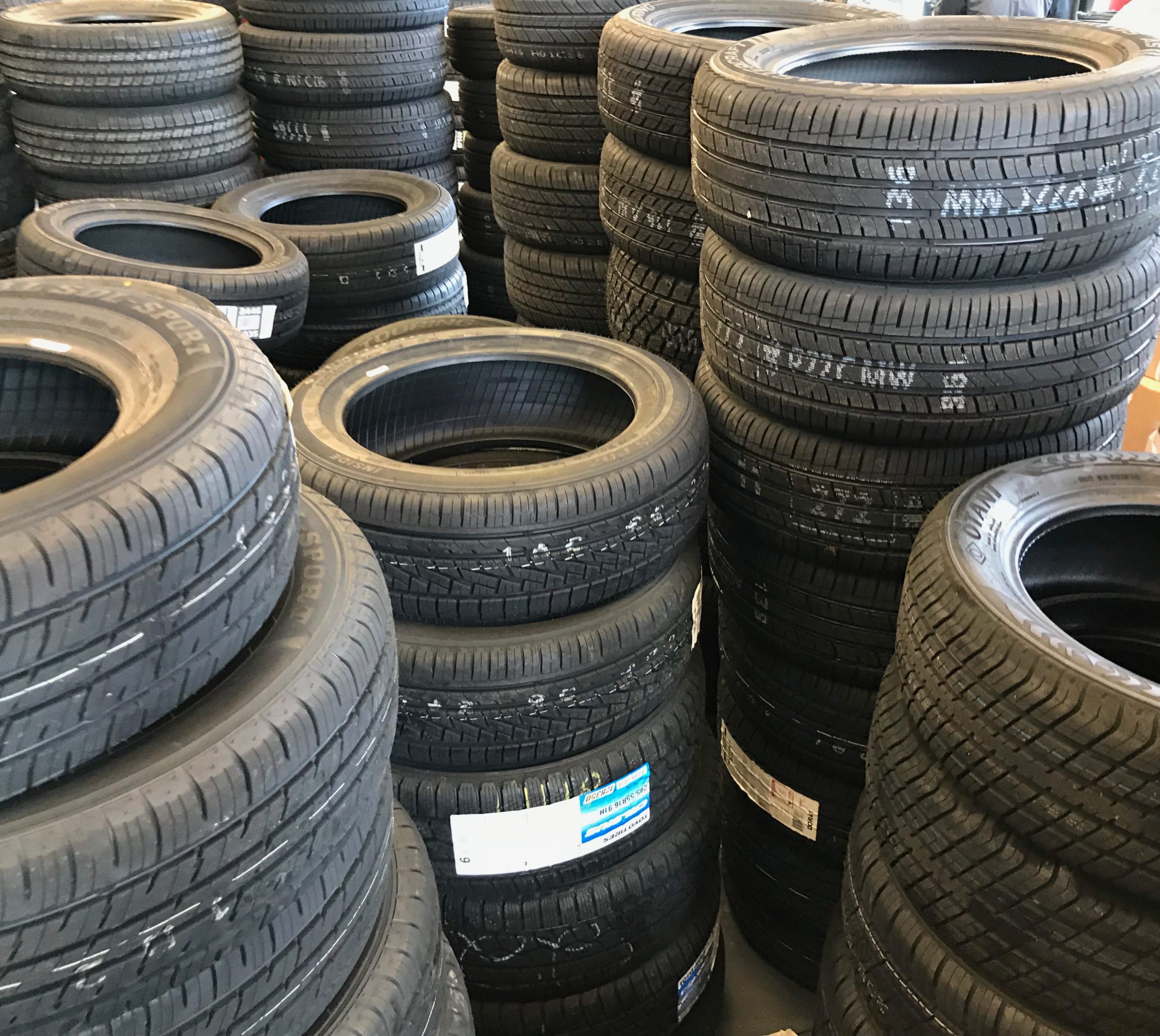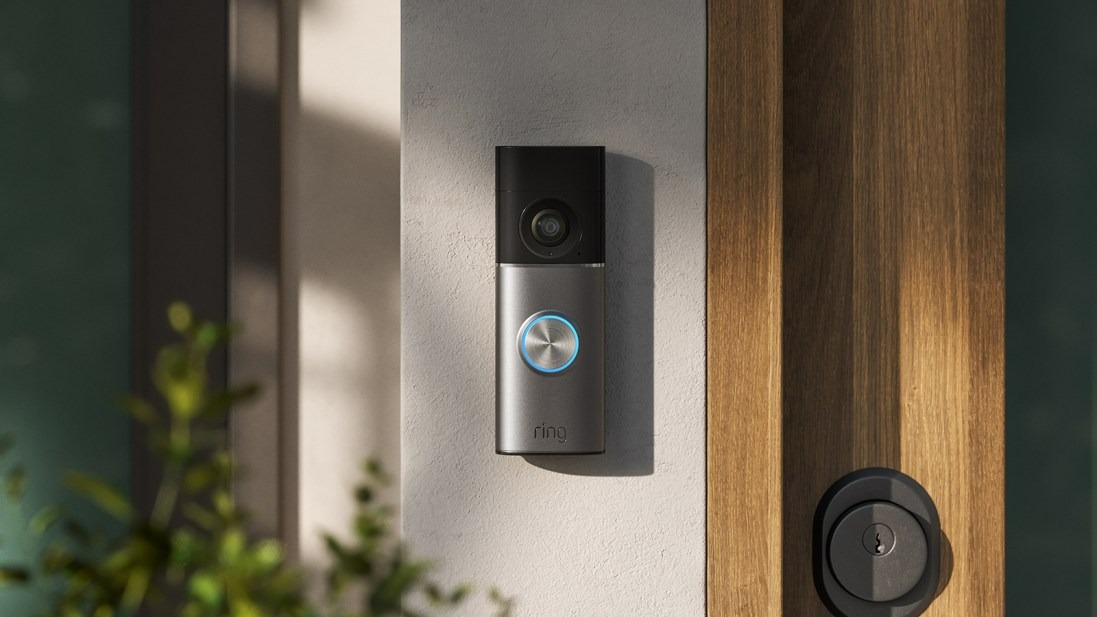Your home internet just became a dial-up relic overnight. Japanese researchers at NICT (National Institute of Information and Communications Technology), working with Sumitomo Electric, shattered every fiber optic record by pushing 1.02 petabits per second across 1,808 kilometers—roughly the distance from New York to Denver. That’s fast enough to download every movie ever made before you finish reading this sentence. While your current internet struggles with 4K streams during peak hours, this breakthrough promises a future where bandwidth scarcity becomes ancient history.
The Technical Magic That Makes This Possible
The breakthrough isn’t just about raw speed—it’s about smart engineering. The team developed a 19-core optical fiber with a standard 0.125mm cladding diameter, making it compatible with existing infrastructure while delivering 19 times the capacity of traditional single-core cables. Think of it as cramming 19 highway lanes into the same space where you used to have one, without widening the road.
The real innovation lies in their optical amplification relay system, which maintains signal strength across multiple wavelength bands over continental distances. Previous attempts at multi-core fiber either worked over short distances or required completely new infrastructure—both deal-breakers for real-world deployment. But if these quantum tech predictions hold, scalable breakthroughs like this could redefine what’s possible in global communication.
What This Actually Means for Your Internet
Before you start planning to stream 47 Netflix shows simultaneously, remember this technology targets backbone networks, not your home router. The capacity-distance product reached 1.86 exabits per second-km, the highest ever recorded for standard diameter fibers. Translation: Telecoms can now move massive amounts of data across continents without laying new cables.
This advancement positions the technology perfectly for post-5G networks and emerging communication services that will demand exponentially more bandwidth. Your future augmented reality meetings, quantum computing applications, and whatever Silicon Valley dreams up next just got the infrastructure backbone they’ll need, thanks to NYC’s quantum internet breakthrough now proving it’s more than just theory.
The researchers achieved this over a distance comparable to crossing entire countries—from Sapporo to Fukuoka in Japan, or Berlin to Naples in Europe. Real-world applications don’t get much more practical than that.
The Race to Petabit Paradise
This isn’t just another lab curiosity destined to gather dust. The team aims to enhance optical amplification technology and optimize MIMO digital signal processing for practical applications. Meanwhile, global data traffic is expected to triple by 2030, making these innovations essential rather than impressive.
Your internet experience will improve gradually as this technology filters down through the infrastructure chain. Faster cloud services, lower latency gaming, and more reliable video calls start with breakthroughs like this reaching the fiber cables connecting continents and cities. Realistically, you’ll see meaningful improvements within 3-5 years as telecoms upgrade their backbone networks, with consumer benefits arriving as competitive pressure forces ISPs to match the new capabilities.
The real victory here isn’t the record—it’s proving that next-generation internet speeds don’t require ripping up every cable on Earth.




























